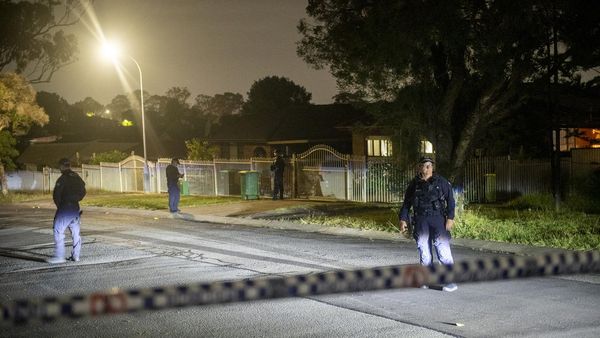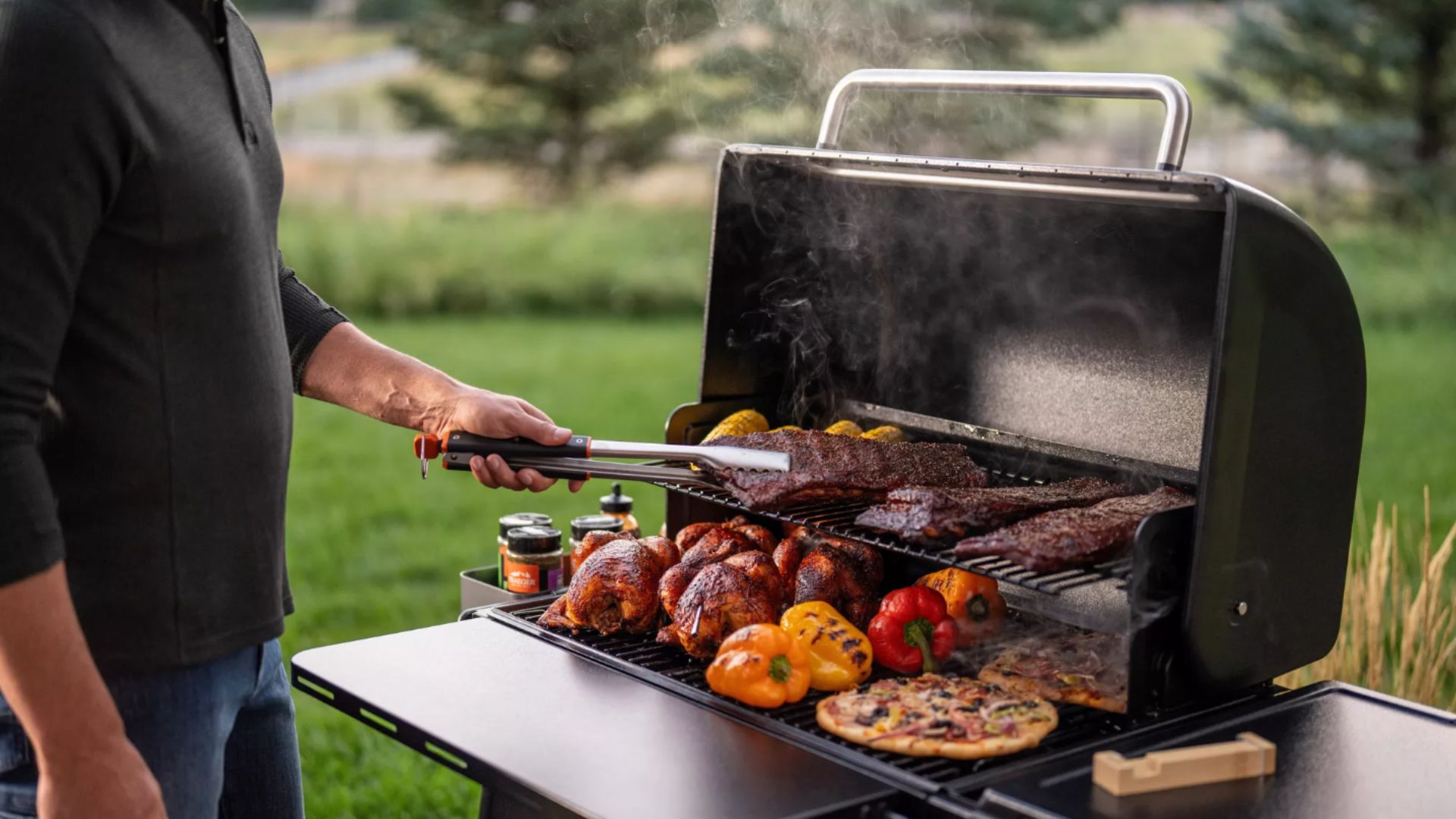
For years, I smoked briskets and ribs and pork butts in my back yard using an offset wood smoker I got for free off of Craigslist. And I’m proud to say I made some killer barbecue with it, before it literally disintegrated before my very eyes.
In my search for a replacement, I learned a lot about smokers: what types exist, what results you’ll get from them, and what type of investment of time and money you should expect to put into them to get the results you want.
While there’s a lot that goes into choosing a good smoker, I’ve learned that choosing the best starts by understanding how you’ll use your smoker most often. Beyond that, I wish I knew these five things before I bought a smoker for myself.
1. A pellet smoker is great for smoking, but less great for grilling.
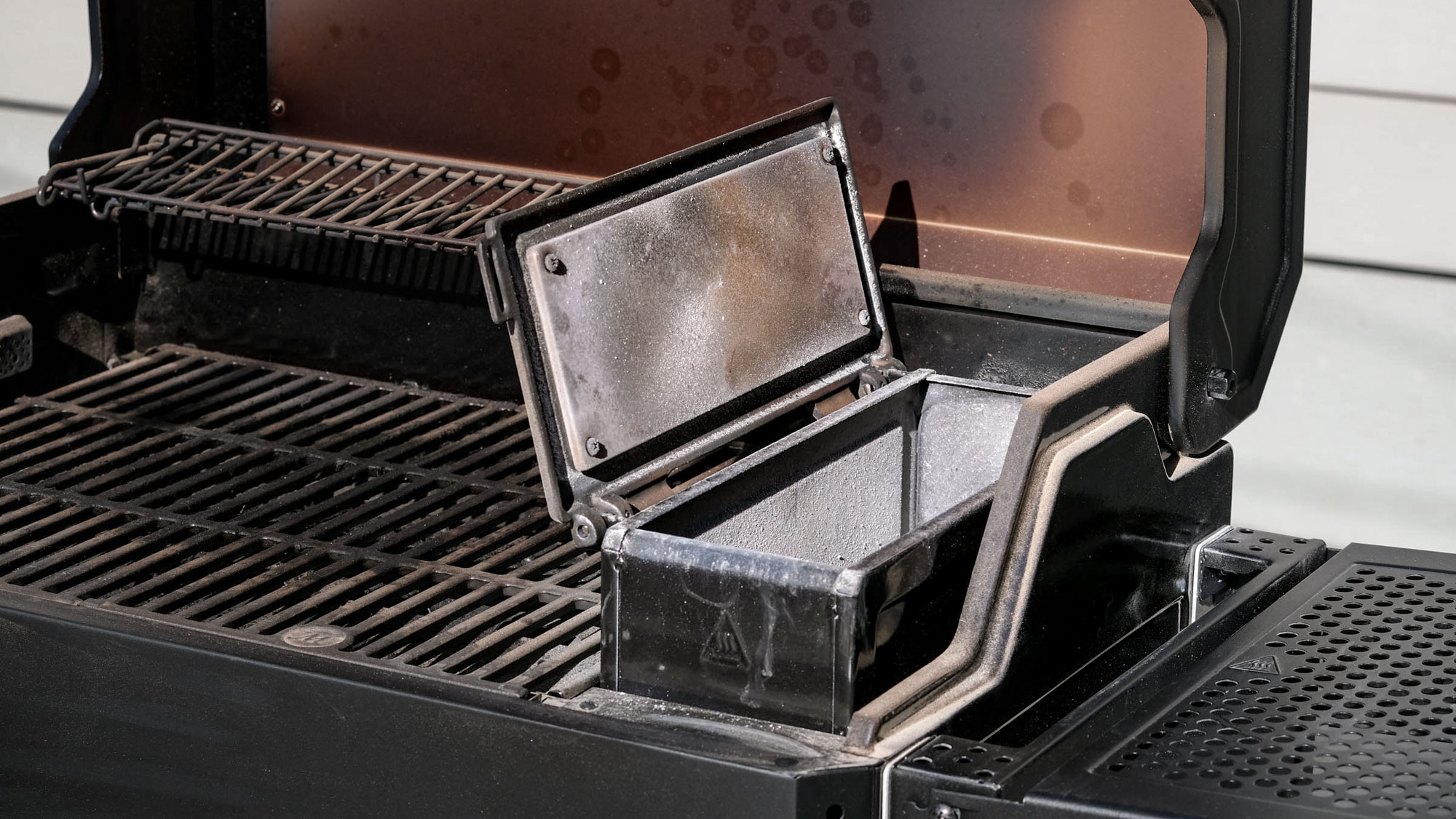
Pellet smokers are perhaps the most popular type of backyard smoker at the moment, and for good reason. They’re super easy to use, and they produce great results. You can often simply throw food on the grill and walk away until it’s all cooked.
But that convenience comes at a cost. While pellet smokers can be used as a grill for nightly meals, they aren’t often great at it. That’s because grilling and smoking are two very different processes.
For smoking, you want your heat source to be separated from your foods to ensure a low temperature. You’ll be smoking for several hours, after all, so a low temperature is vital.
But for grilling, you want a very high temperature. If, for example, you want to cook a steak, you’ll want to be able to sear it. That requires a high temperature, which in turn usually means the heat source sits directly beneath the food you’re cooking.
That’s not the case with a pellet grill. The pellets are heated and burned offset from the cooking chamber. So while the cooking chamber may heat up to 500 degrees, your heat source is still offset, so you won’t be able to get that high-temp sear you’ll get on dedicated grills with the heat source directly beneath the food.
It’s a trade-off, but for the sake of convenience, it may be one you’re willing to make.
2. Offset smokers come in two types: Cross-flow and reverse-flow.

I spent years using a cross-flow smoker, not knowing reverse-flow smokers existed. It wasn’t a problem for me, because I was getting excellent results with my cross-flow smoker! But had I known about reverse-flow smokers, I would have upgraded sooner.
The difference is subtle but important. Both a reverse-flow and a cross-flow offset smoker features a firebox offset from the main cooking chamber. From there, the route the smoke takes to your food differs.
A cross-flow smoker, such as Yoder Smokers' Loaded Wichita, feeds the smoke from the firebox directly into the cooking chamber, where it runs over your food, and then out a chimney on the opposite side.
A reverse-flow smoker. like the Meadow Creek TS70P Barbecue Smoker, feeds smoke from the firebox into a sealed tube that runs the length of the smoker, underneath the drip pan. This heats up the drip pan and ensures consistent, even cooking temperatures. Then, at the other end, the smoke bounces off a baffle and back into the main part of the cooking chamber, where it passes over your food and out the chimney
The reverse-flow smoker ensures a more even cooking temperature for the absolute best results. This is what the pros use.
3. Patience pays off
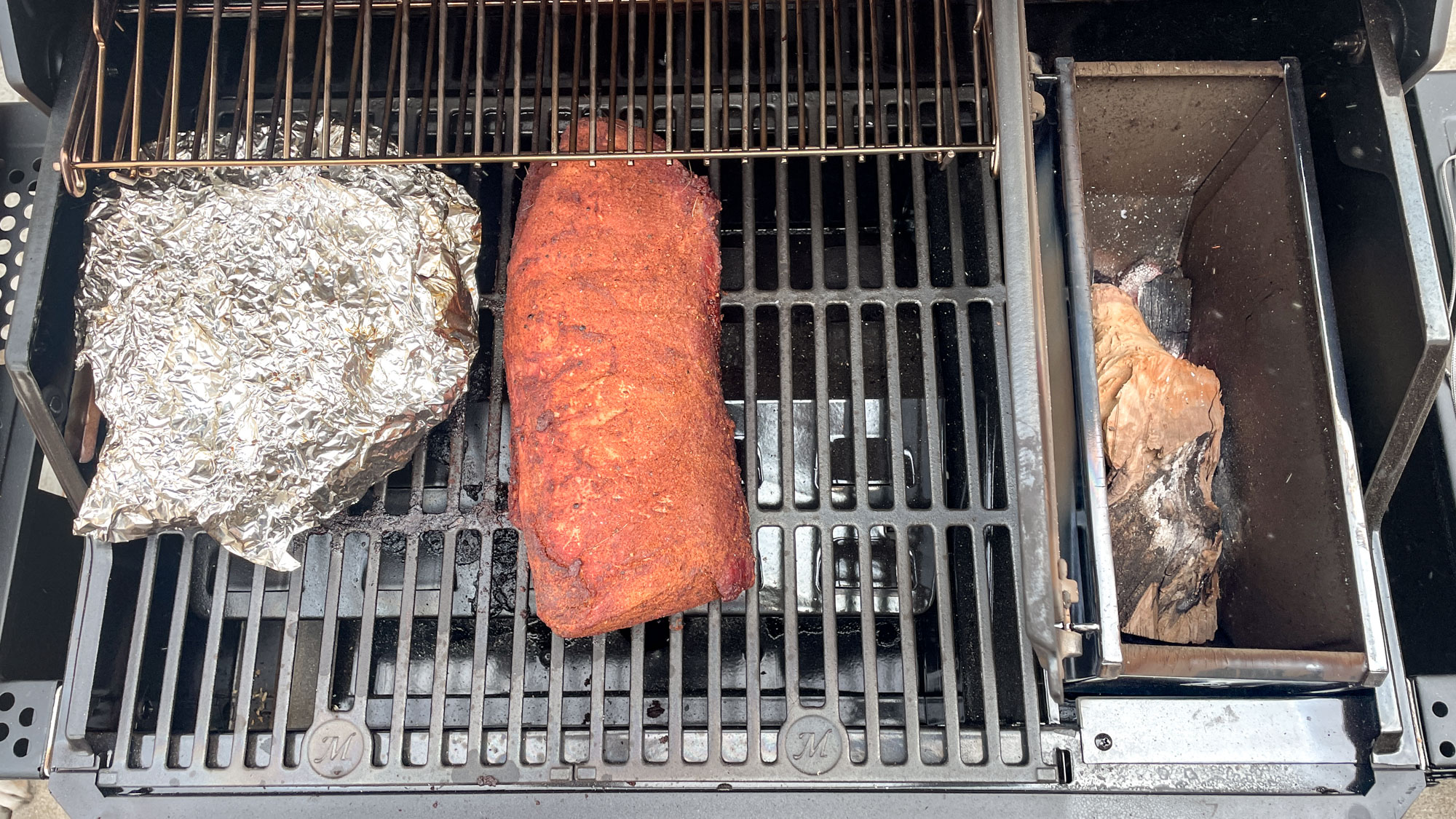
After testing a ton of different styles of smoker, I can say with certainty that a reverse-flow offset wood smoker is the absolute best type of smoker for pro results. But you’ll have to babysit your smoker, often for long hours, to get the best results.
Patience pays off with the best smoked meats possible. Yep, you’ll work hard to get it, but if you want to wow your family and friends with your barbecuing prowess, a reverse-flow offset smoker is without question the way to go.
Why a reverse-flow smoker and not a cross-flow? Simply put, a reverse-flow smoker offers more even heating and, therefore, a more even cooking temperature. Your food is never in contact with a direct flame. Instead, smoke enters the cooking chamber through a sealed tube underneath your food, which heats up and provides the temperature control.
The smoke travels all the way to the other end of the smoker, bounces off a baffle, and then enters the cooking chamber and flows over your food before exiting the chimney. You get smoky flavors and even cooking temperatures, all built-in.
4. …but convenience is key.
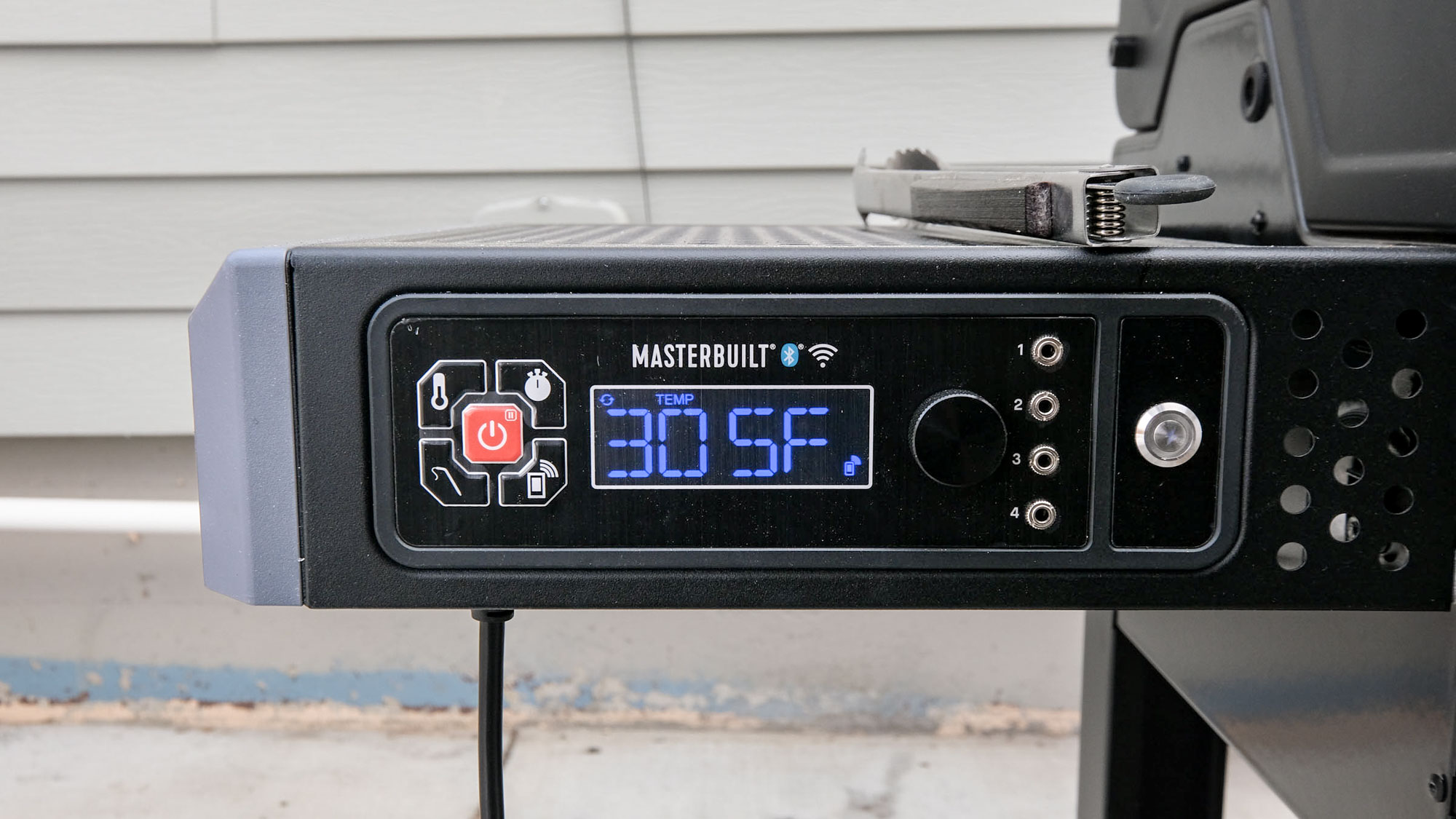
I love that I can smoke meats without having to babysit a fire all day using a pellet smoker. While it’s nice to wow friends and family, sometimes I want the results without the labor pains. So being able to throw some ribs or a brisket on a pellet smoker, then pop in a probe and walk away until it’s ready, is a pretty incredible experience.
You won’t get as deep of a smoky flavor from a pellet smoker, but you also won’t have to babysit a fire all day. Plus, pellet smokers can pull double-duty as a grill — though they’re limited in their capabilities, as mentioned above.
5. Fuel matters. A lot.
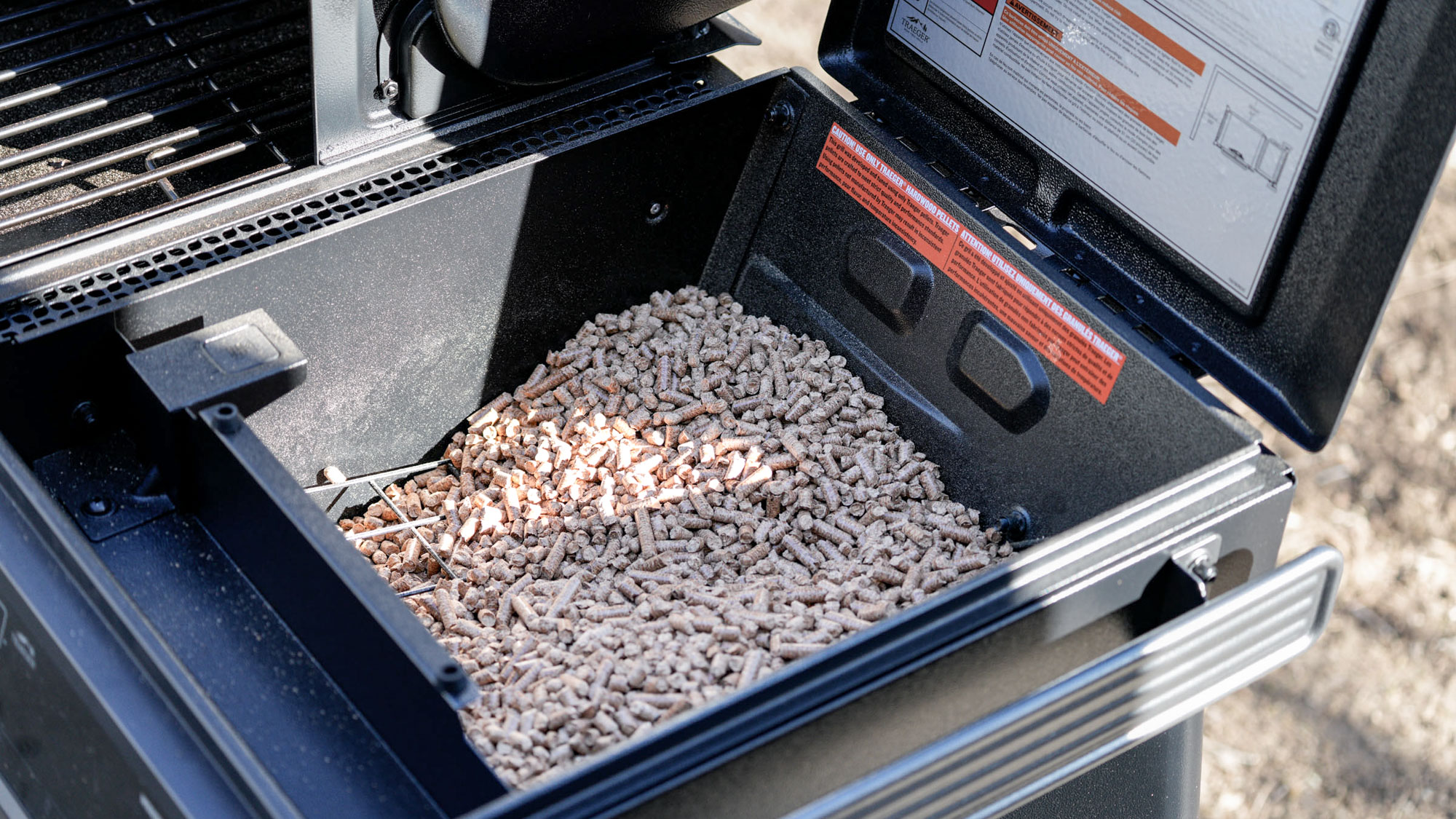
Pellet? Charcoal? Wood? Propane? What’s up with all these fuels?
Each one will give your food a different flavor, and will give you a different cooking experience. Propane is easily the most convenient option, but it also doesn’t lend any flavor to your food and can lead to inconsistent heating.
Pellets are super convenient, and they’re a great option for set-it-and-forget-it smoking. But you won’t get as smoky of a flavor as wood or charcoal.
Wood is the best option for deep, complex flavors, but charcoal will last longer and create more consistent heating. A combination of both charcoal and wood is perhaps the best option; the charcoal provides a hot bed of coals on which you can add chunks of wood to change the temperature of your fire or customize the smoky flavors you’re after.
Choose your fuel carefully and be sure that the fuel you choose is compatible with the type of smoker you own. If you’re after pro results, wood and charcoal are your best bets.





